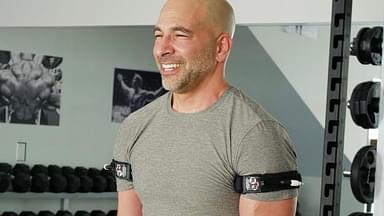Good health and fitness demand a balanced diet, rich in protein to provide the necessary energy and help in muscle growth. However, protein synthesis and absorption is still a concern that divides rich protein sources into several categories. Dr. Peter Attia recently talked about this subject in his recent video, defining some of the factors for ease of understanding.
Dr. Attia listed four factors he used to segregate different sources of protein based on the way they react with the human body. These factors also help pick and choose these sources easily since one can determine their priorities.
- Digestibility
- Rate of Digestibility
- Amino Acid composition
- Total amount of protein consumed
In terms of digestibility, Dr. Attia revealed how animal protein held an advantage over its plant-based counterparts. The former is more digestible and is, therefore, a good choice if accessible. Yet, if one still wishes to go plant-based, certain steps like cooking the protein could ensure its proper synthesis.
“If you want to eat or get the majority of your protein from plants, that’s fine. But you’ll need to accommodate that by…cooking it…”
The rate at which one digests these sources of protein is also an important indicator of efficiency. This factor could determine the form in which the source would be most efficient, for instance, meat can be consumed ground, minced, or even as a whole steak. Besides, digestibility also helps determine the efficiency of variants of protein from the same source, like whey and casein.
“They’re both milk proteins, but whey has a much higher rate of digestibility than casein.”
The third factor Dr. Attia highlighted was the presence of amino acids in each protein source. The choice between a supplement like collagen versus whey could be made easy if one looked at their amino acid composition.
Lastly, the overall amount of protein contained in each source is one of the main factors determining its synthesis. Now, this would vary depending on the individual’s age, as Dr. Attia once discussed in an older podcast.
Dr. Peter Attia reveals change in protein consumption with age
In a conversation with nutrition scientist Dr. Don Layman, Dr. Attia talked about how the pattern of protein consumption must ideally change with age. While the average American consumes lesser amounts of protein than necessary anyway, its synthesis depends on how old they are.
Seniors, especially those above 60, need to include more protein only because their body’s ability to synthesize it gets less efficient. Compared to a teenager, who can efficiently process the nutrient, it is difficult for older people to do so. Therefore, when the quantity increases, the synthesis becomes better.





